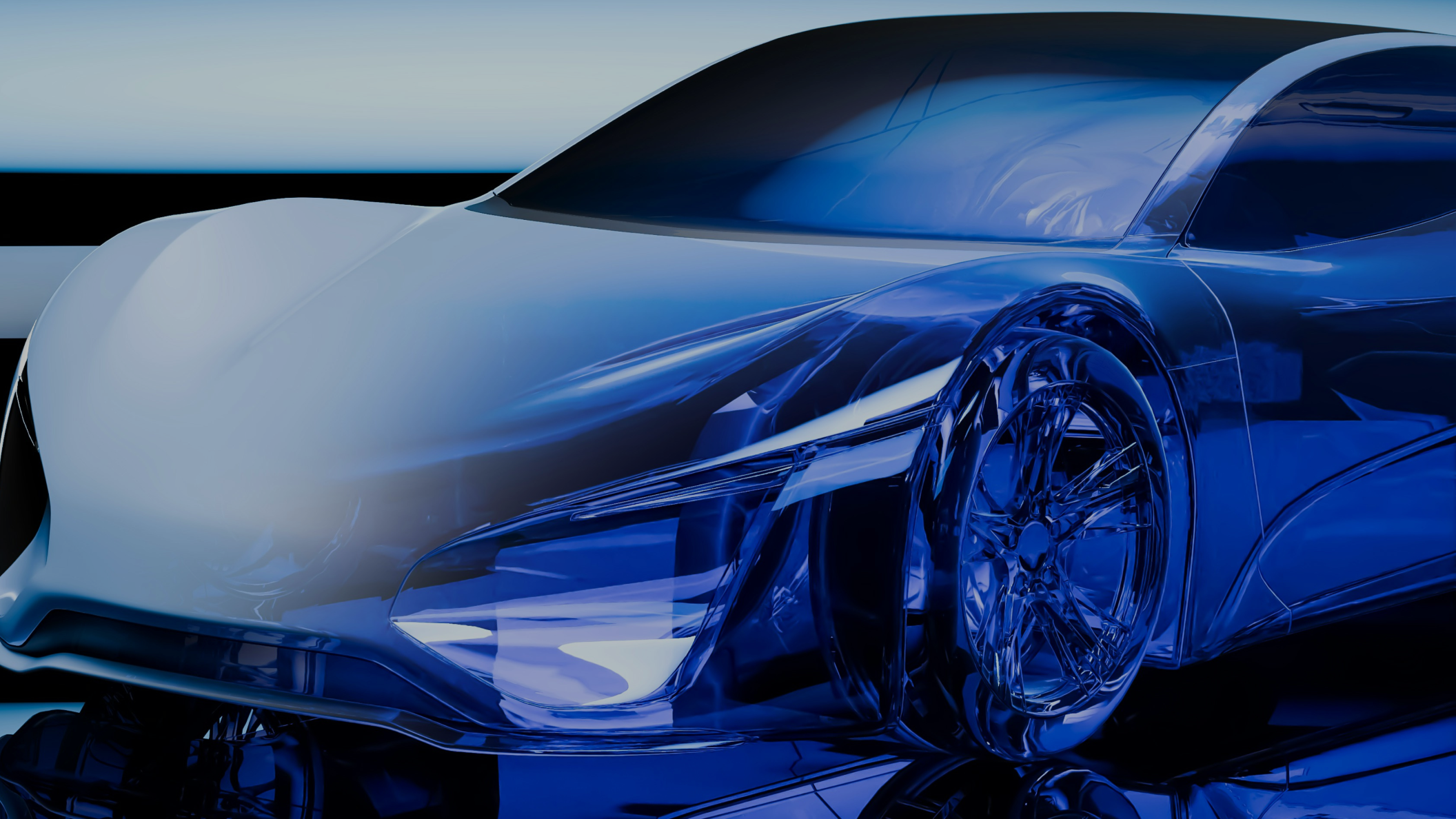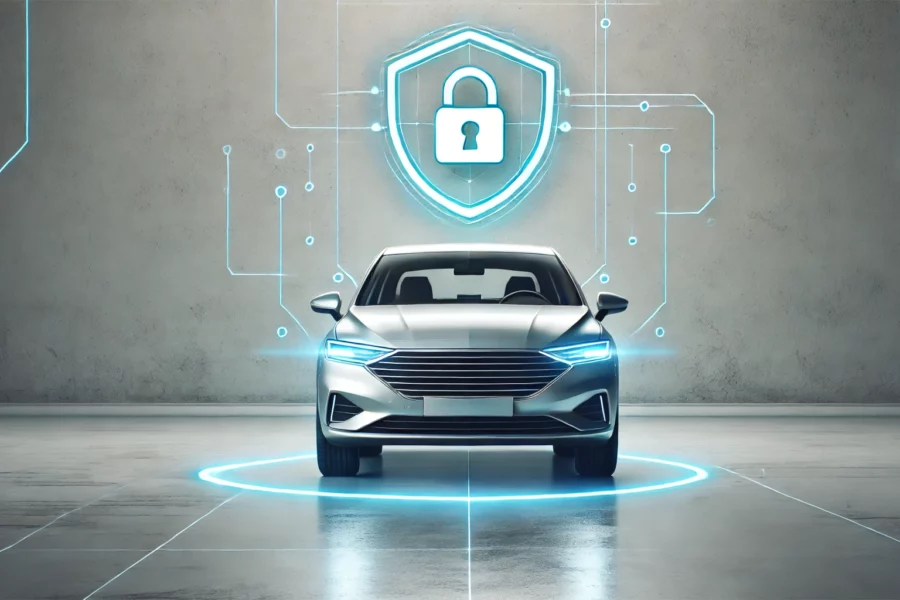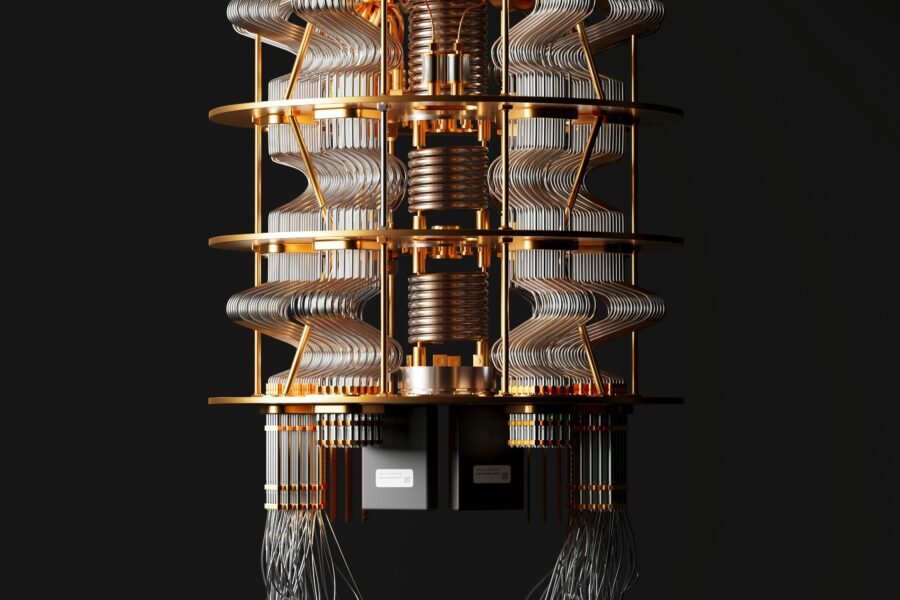The AI and ML Cybersecurity Revolution: How the Automotive and Mobility Industries Are Rewriting the Rules of Digital Defence
The race to build smarter, more connected vehicles is on. With every advancement in autonomous driving, vehicle-to-everything (V2X) communication, and electric mobility, the world of transportation is becoming more complex and more vulnerable. The question isn’t if cyberattacks will occur in the mobility sector, but when.
As the automotive industry integrates AI-driven technologies, Machine Learning (ML), and IoT into its very fabric, the need for advanced cybersecurity has never been more urgent. From self-driving cars to electric charging infrastructure, the automotive ecosystem is a rich target for malicious actors. AI and ML are not just transforming how we drive they are reshaping how we defend against digital threats in the automotive world.
The Need for AI and ML in Automotive Cybersecurity
Traditional vehicle security has relied on physical barriers and basic encryption, but this no longer suffices in a hyper-connected world. The complexity of modern mobility systems means that threats are not only more frequent they are smarter, faster, and harder to predict.
When cybercriminals target connected vehicles, they can exploit vulnerabilities in communication systems, infotainment platforms, and even critical vehicle control systems. Take, for example, the Skoda Superb III security flaws, identified in December 2024. Researchers discovered 12 vulnerabilities in over 1.4 million vehicles, enabling hackers to gain unauthorized access to GPS data, the infotainment system, and even record conversations. While critical driving controls remained unaffected, the potential to misuse personal data highlighted the importance of securing connected vehicle systems against remote threats.
This is where AI and ML come into play. Instead of relying on static protection methods, these technologies create dynamic, predictive models that can anticipate and neutralize threats before they escalate.
Emerging Threats: Real-World Examples of AI-Driven Cybersecurity Challenges in Automotive and Mobility
The integration of AI and ML into automotive systems has ushered in significant advancements in vehicle connectivity and autonomy. However, these technologies also present new cybersecurity challenges, as evidenced by real-world incidents.
In June 2024, a group of researchers discovered a vulnerability in Kia’s web portal, which allowed them to remotely control vehicle features such as unlocking doors, tracking locations, and even starting ignitions. Though this flaw did not affect driving systems, it showed how critical it is to secure web-based vehicle portals against cyberattack. The ability to remotely exploit such weaknesses is an indication of just how vulnerable connected vehicles can be, especially when their systems are interconnected via the web.
The Hidden Costs of AI in Automotive Cybersecurity
While AI promises immense benefits, it comes with challenges that cannot be ignored. In automotive security, these challenges are even more pronounced. First and foremost is bias in AI algorithms. An AI model trained on a limited dataset or a skewed sample could easily miss specific attack patterns, leading to false positives or worse, false negatives.
Moreover, as the automotive industry collects and analyzes massive amounts of data to train AI systems, privacy concerns come to the forefront. From tracking driving behaviors to the vast amounts of data generated by vehicle sensors, automakers need to address ethical and privacy considerations while ensuring they are using AI for legitimate security purposes.
The Road Ahead: AI and ML’s Role in the Future of Mobility Security
Looking ahead, AI and ML will continue to evolve and expand their role in automotive and mobility security. Here’s what the future holds:
- AI-Powered V2X Security – As vehicles become increasingly connected with infrastructure (e.g., traffic lights, road signs, and other vehicles), AI will play a pivotal role in ensuring that these interactions remain secure, preventing potential vehicle-to-vehicle (V2V) and vehicle-to-infrastructure (V2I) vulnerabilities.
- Self-Healing Systems – In the event of an attack, vehicles could autonomously detect and self-heal, using AI to bypass compromised systems and maintain secure operation.
- Blockchain + AI for Unbreakable Vehicle Integrity – Blockchain could be integrated with AI to secure vehicle data in a tamper-proof ledger, ensuring that data from vehicle sensors, driving patterns, and communications cannot be altered or forged.
The Call to Action: Are You Prepared for the Future of Mobility Cybersecurity?
The rise of connected, autonomous, and electric vehicles demands a new standard of cybersecurity. AI and ML are the cornerstones of that future, offering a level of protection that traditional security systems simply cannot match. However, as these technologies advance, so too do the risks and challenges associated with them. The question is no longer whether AI will revolutionize mobility security – it already is. The real question is whether your organization is ready to embrace this transformation.
The future of automotive and mobility security will be defined by those who can integrate AI and ML effectively into their systems. Those who don’t will face significant risks, not just from hackers, but from losing their competitive edge in a rapidly evolving market.
What’s your take on AI in automotive cybersecurity? Are we headed towards a safer future, or are we opening a Pandora’s box? Let me know in the comments.
If you are interested in making a move in the Cybersecurity space or are looking for an expert to join your team, then reach out to Jimi Wild at jimi@akkar.com




